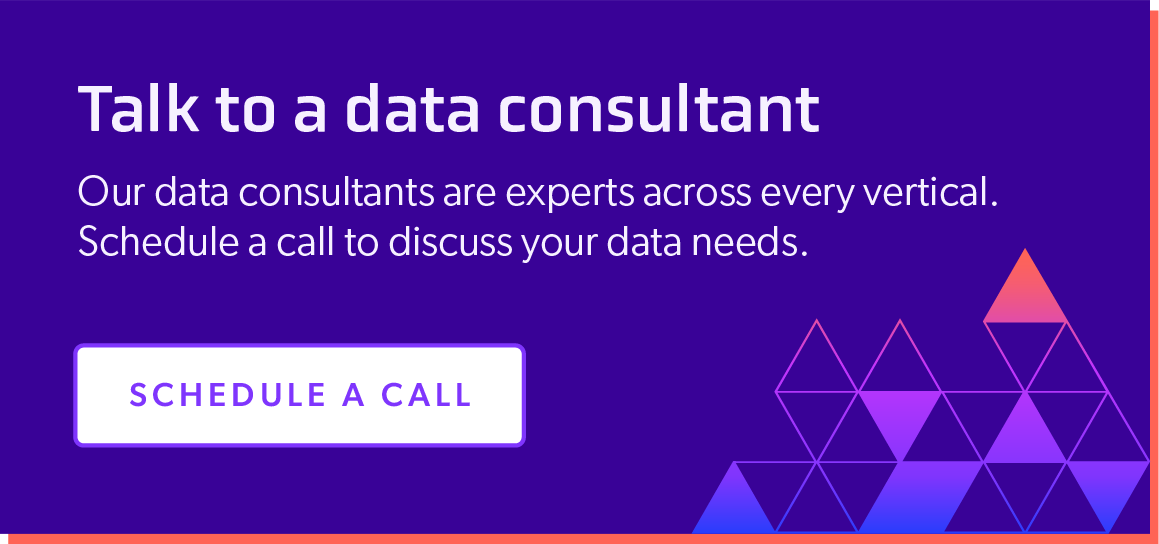
Time to Fill 101: Your Guide to This Crucial Recruitment Metric
April 25, 2022
Regardless of the industry or organization, timely recruitment has always been essential. When a company loses a key employee, such as a hiring manager, there are downsides past losing their expertise. In many cases, other managers will often face increased workloads, adding stress and frustration.
There are also monetary costs to take into consideration. Depending on the industry, it could take a business anywhere from three to six weeks to fill a position - or more. With open positions costing an average of$98 per day, that adds up fast, especially if there are multiple vacancies.
Therefore, it is crucial to find and hire qualified applicants as soon as possible. To achieve this, many companies tailor their recruitment strategy around a recruitment metric known as “Time to Fill” to measure the effectiveness of their hiring efforts.

What is Time to Fill and Why Does It Matter?
Time to Fill is a metric that measures the time it takes to fill a vacant position.
To calculate Time to Fill, HR recruiting teams track the number of days it takes from when a job opening is first posted to when the new hire starts working.
Time to Fill can differ from department to department. However, it’s key to ensure that it’s measured consistently and mindfully observed within your organization.
Businesses use this metric to set realistic expectations when filling different positions, reducing the guesswork and making recruitment campaigns significantly more predictable.
The longer it takes to find someone who's a good fit, the more money your business could lose due to unfilled positions.
Time to Fill can be used as a benchmarking tool to track the efficiency of your process and more accurately project future hiring needs. Establishing these benchmarks gives your business an idea of the average timeframe it takes to find qualified candidates, and allows you to set achievable goals to improve your hiring strategy.
Time to Fill can also help to identify bottlenecks in your hiring process to correct to improve your entire talent acquisition strategy.
Read More: 6 Talent Acquisition and Recruitment Trends to Prepare for in 2022
Time to Fill vs. Time to Hire
When filling a position, two metrics are often used interchangeably, although they differ in key ways: Time to Fill and Time to Hire.
Time to Fill measures the overall speed of your hiring process, from beginning to end. It reflects the quality of your recruitment procedure as a whole, providing the opportunity to make improvements where needed.
Time to Hire narrows the focus, specifically addressing the effectiveness of your hiring team. The measurement of Time to Hire starts when a candidate appears on your radar and ends when they sign the contract.
In summary, Time to Fill helps you understand how long your positions are taking to fill, and Time to Hire helps you understand how long your candidates are taking to commit. While Time to Fill caters to the company’s general needs, Time to Hire centers on the applicant and their optimum response.
Strong consideration is given to avoiding unnecessary time delays, which may lead to candidate drop-off. Candidates are always ready to take their talents elsewhere, especially today.
Read More: 5 Most Crucial Talent Acquisition Metrics to Track for Your Business
How to Measure Time to Fill
If you are running a large-scale operation, Time to Fill is an incredibly important recruitment metric.
There are three main ways you can measure and understand your Time to Fill.
For a single position, measure the number of days from the starting point (typically when the requisition is approved) to the day the candidate accepts the job offer. For example, if the number of days between those two dates is 45, that’s your Time to Fill.
Time to Fill = Date Position Accepted - Date Requisition Approved
For multiple positions, it’s a good practice to organize by similarity and department. It can be challenging to reconcile the difference in time needed to replace a senior scientist compared to a junior accountant.
To find the average Time to Fill for these multiple yet similar roles, count the total number of days between endpoints and divide by the number of applicants. For example:
If four similar applicants require 15, 25, 31, and 45 days respectively, divide the total days (116) by the number of applicants (four) for an average Time to Fill of 29 days.
Average Time to Fill = ∑ (Date Position Accepted - Date Requisition Approved) / Total Hires
Consider surveying employees about their job satisfaction and how quickly they found their current position. You can use their responses to gauge employee satisfaction with the hiring process.This provides insight into why certain positions may have been vacant for a longer period of time than expected.
It’s important to keep in mind that improving Time to Fill is an iterative process. No matter which method you choose, it's essential to track the data over time so that you can identify any trends or patterns to adjust your talent acquisition strategy when and if necessary.
Supercharge Your Hiring Process with People Data Labs
Using the right kind of professional data is the first and most important step to locating and engaging best candidates to efficiently fill your open positions.
People Data Labs offers high-quality candidate data to help you find the right person for the job, especially when you need to hire for hard-to-fill positions that prove especially challenging for recruiters.
In addition, our candidate enrichment capabilities have been used to help HR teams quickly understand and secure top candidates. With our roots beginning in the talent acquisition field, our specialized team stands ready to advise and provide the data you need.
Get a free API key now, or reach out to our team and discover the power of superior B2B data to supercharge your hiring effectiveness and increase your ROI.
Like what you read? Scroll down and subscribe to our newsletter to receive monthly updates with our latest content.




